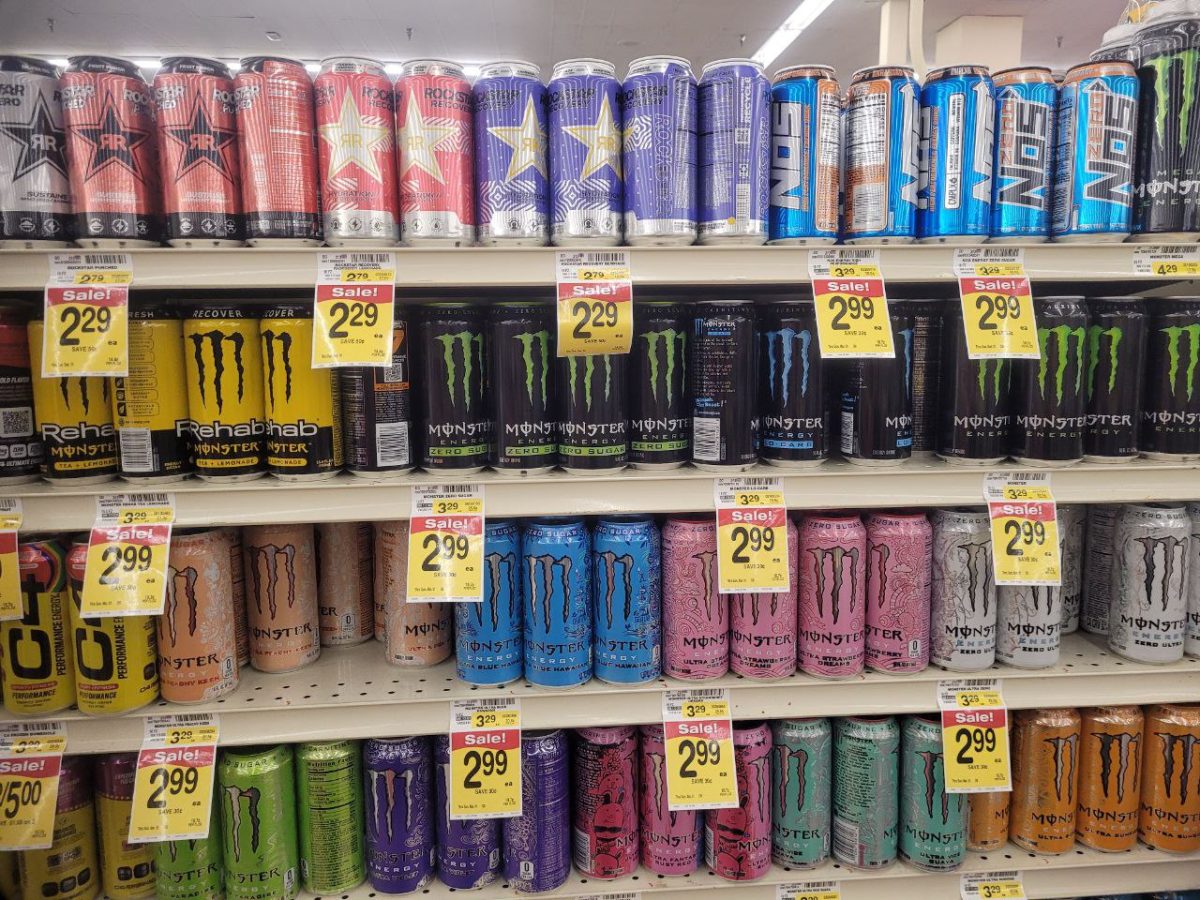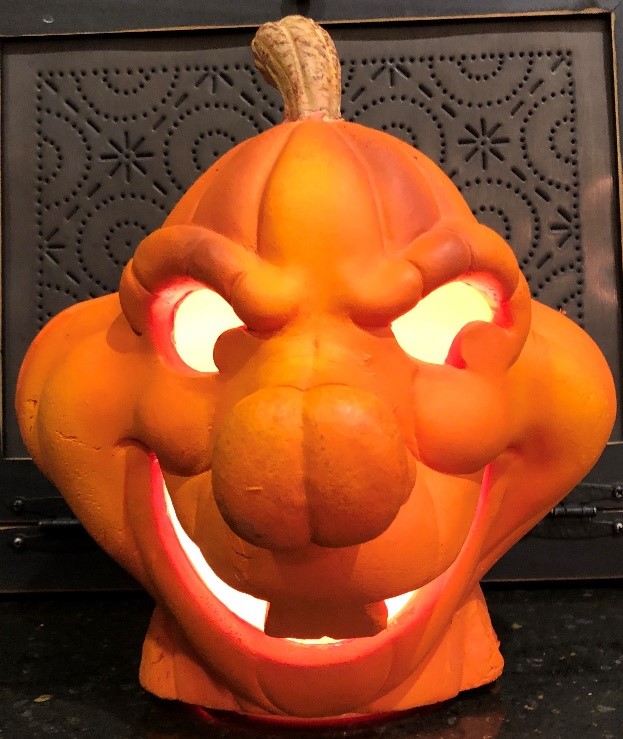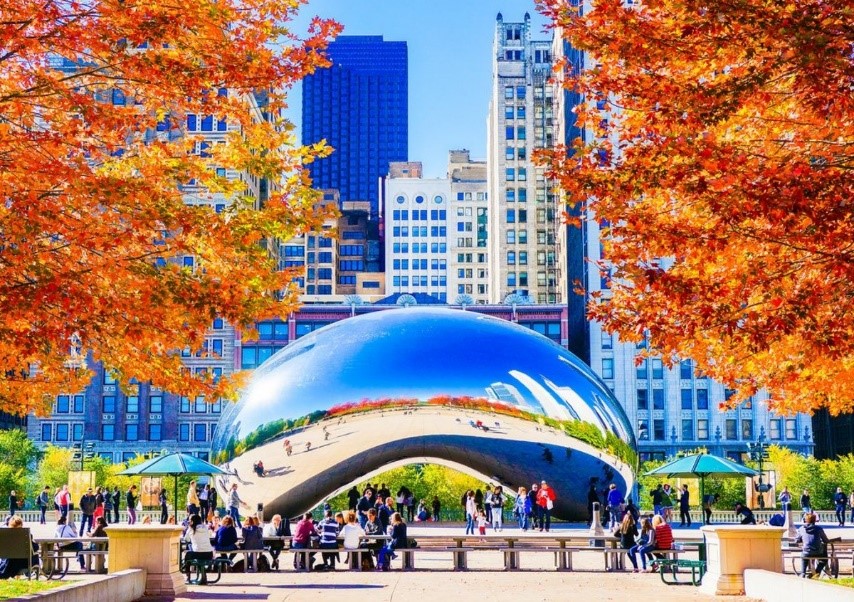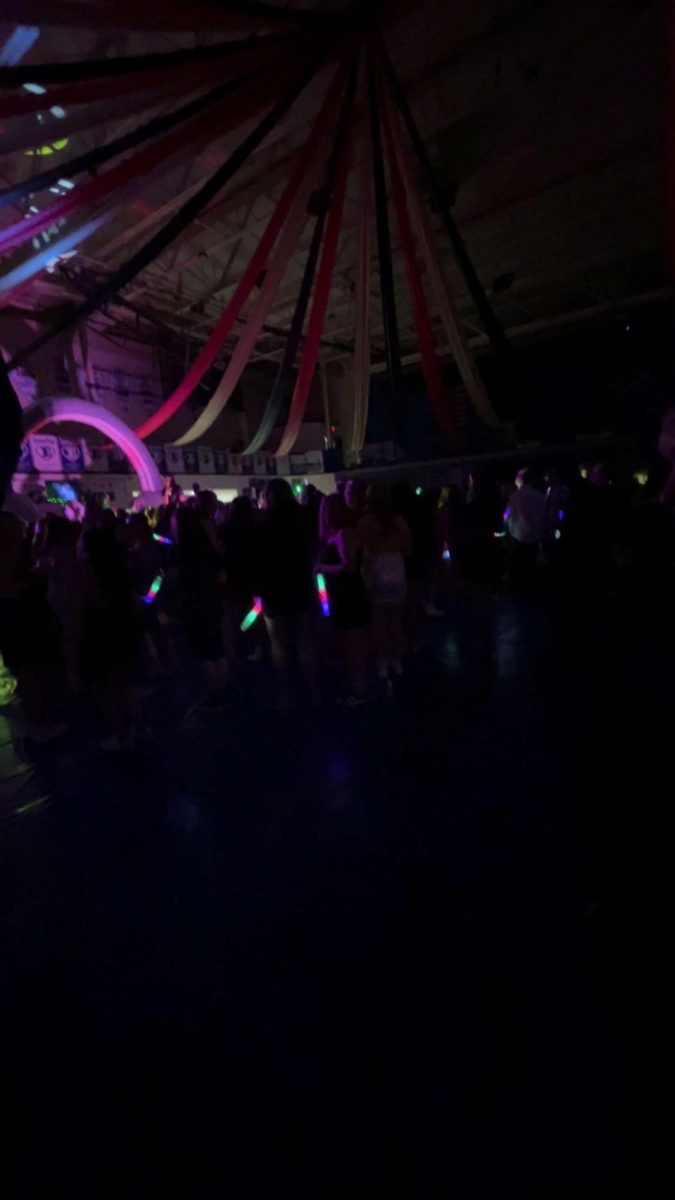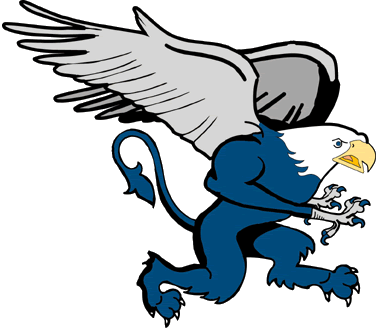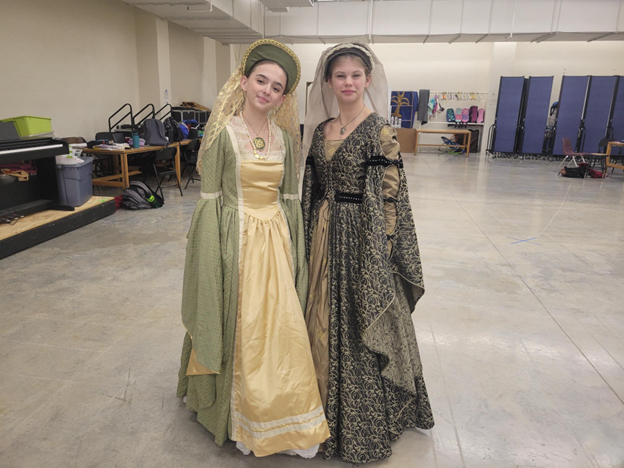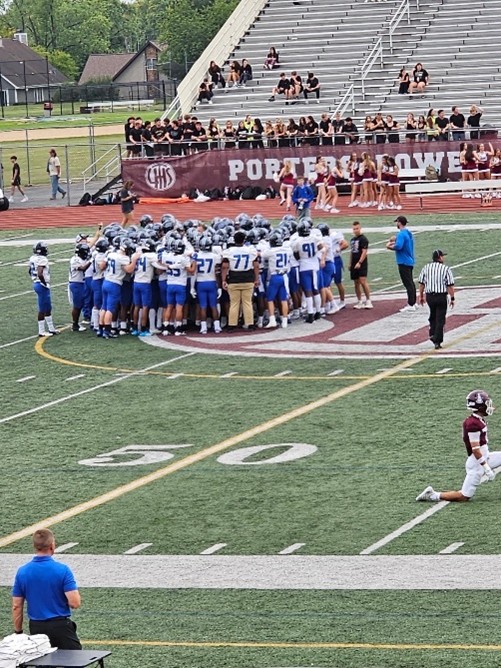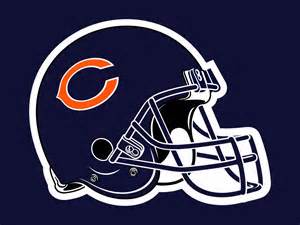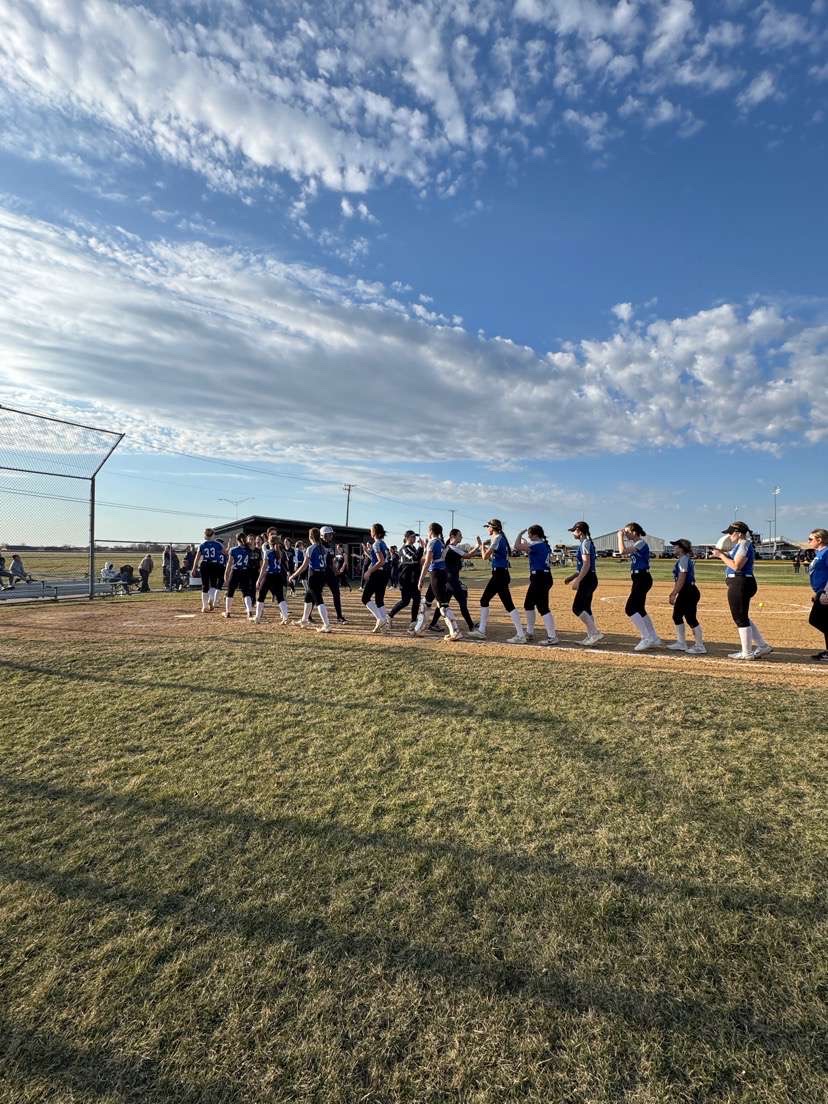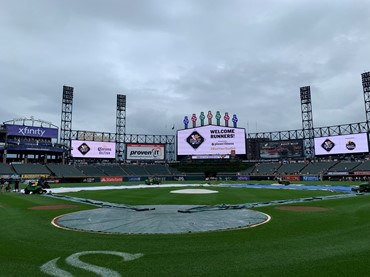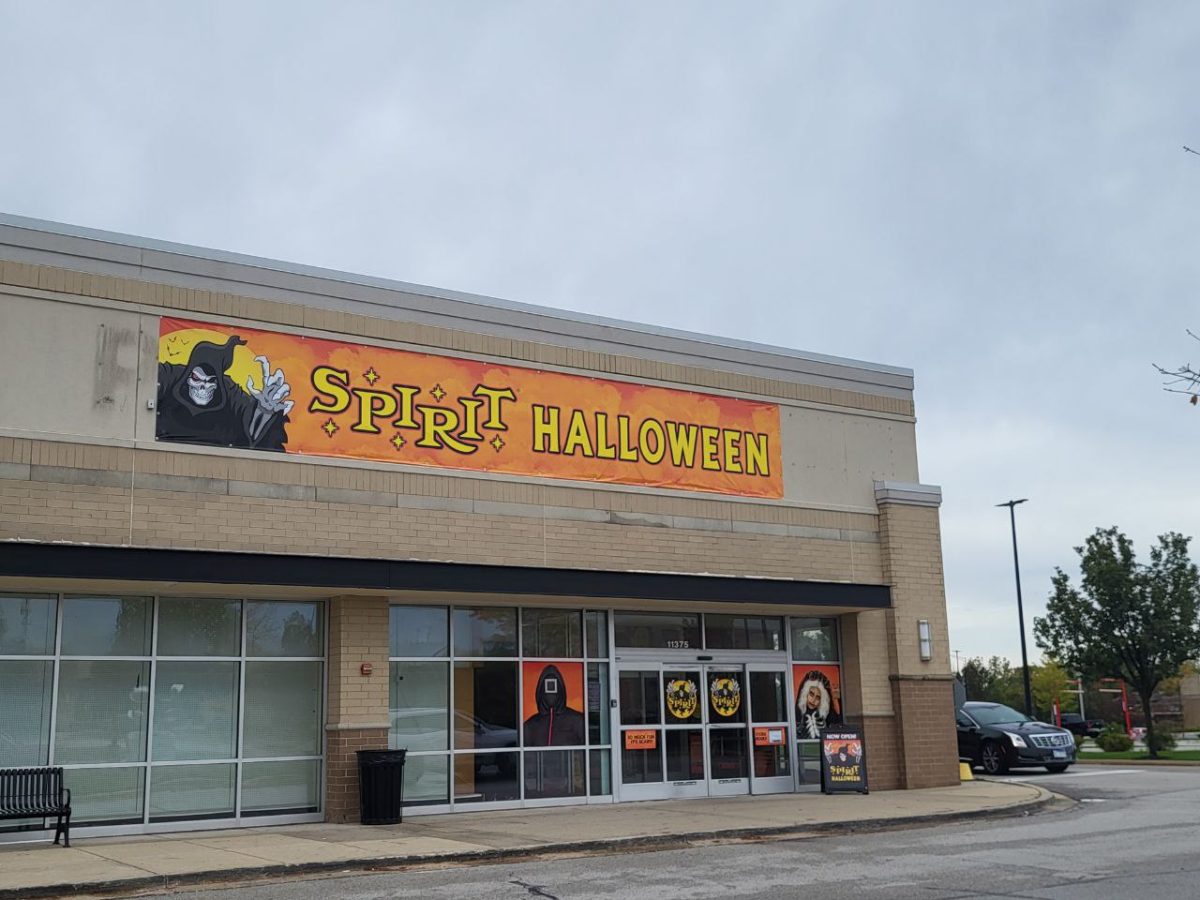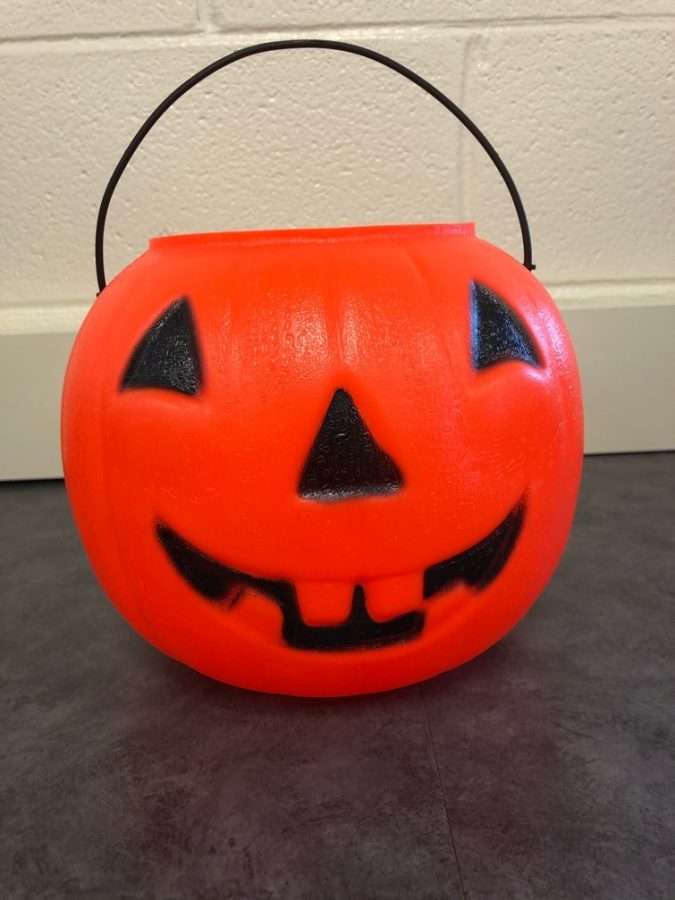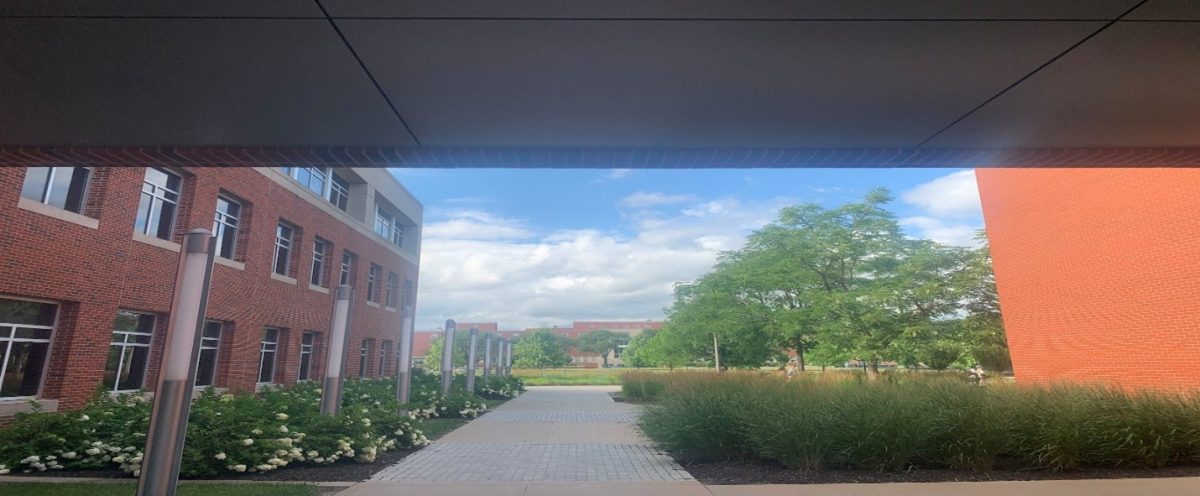Each fall without fail, signs of a spooky new retail company begin appearing in strip malls and former big‑box stores across America. The familiar orange and black banners of Spirit Halloween. Over the past decade, the proliferation of Spirit Halloween stores has accelerated, and many see this as more than just clever marketing. They see an indicator of deeper troubles in our economy hidden in plain sight.
Spirit Halloween has long built its business model around temporarily inhabiting vacant storefronts, such as Party City, Joann Fabrics, Sears, and Bed Bath & Beyond. In recent years, many big-box chains face mounting pressure from e‑commerce, rising costs, and weakening consumer demand. Spirit Halloween has been quick to exploit the empty space they leave behind. In 2024, the company announced plans to open around 1,525 locations for the Halloween season. As large retailers shut stores, they leave behind spaces already built and in desirable locations. Spirit turns these casualties into new opportunities every season.
This phenomenon is visible even here in Mokena. The local Spirit Halloween, previously located in a former Bed Bath and Beyond building on Lincoln Highway, has moved to the J.C. Penney Plaza and now occupies an old Party City. This relocation is telling. The Party City network has been strained for the past five years, and the empty stores left behind are exactly the kind of space Spirit targets.
The growth of Spirit Halloween is not just an interesting retail story, however. It signifies the underlying distress in the economy and in traditional retail. Spirit Halloween is often displacing stores and businesses that have failed, reflecting the worsening conditions for permanent retailers. Spirit manages to minimize many of the costs that disadvantage traditional retailers such as low rent and temporary staff.
This growth and reshuffling reflects the broader economic struggles present in the United Sates today. Despite low unemployment rates and signs of Gross Domestic Product growth, inflation remains high, and wages have not kept up with the rising cost of living. Consumers are becoming more cautious when spending on larger purchases, instead prioritizing essentials. Many retail chains, therefore, cannot afford to maintain a large number of stores and are pushed to bankruptcy. Their closures are a signal to individual business failures but also a shift in consumer behavior and economic decline.
In many ways, Spirit Halloween has become a symbol of the changing American culture and the decline our consumer economy. Although its presence is a troubling reminder, Spirit still brings joy and excitement for the Halloween season. By filling the empty spaces left behind, Spirit does not just fill vacancies, but it also brings people together, proving that even through change, there are still moments worth celebrating.

